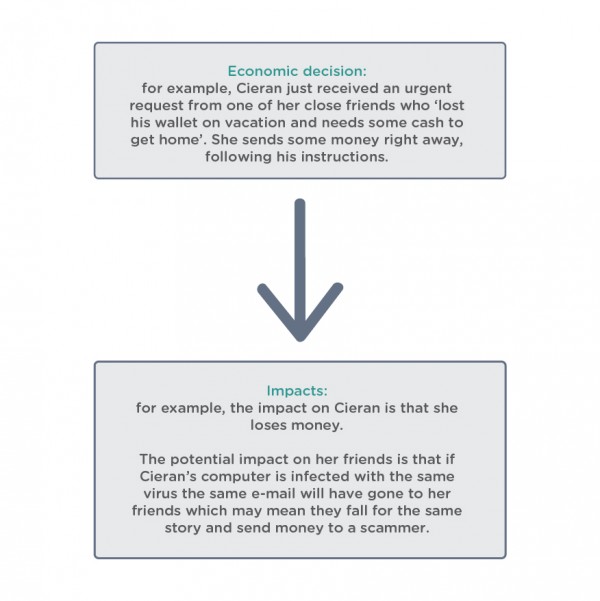Students explore different types of scams and explain how they can persuade people into making poor financial decisions.
These activities explore different types of scams and explain how they can persuade people into making poor financial decisions.
Learning outcomes:
- Students will identify a range of examples of scams
Key concepts:
- Scams
- Financial decision-making
Activities
1. Scams
Discuss the concept of a scam with the class to determine their understanding of schemes designed to steal money from consumers.
Students could construct an acrostic poem to demonstrate their understanding
Social media
Con
Alert
Money
or they could discuss examples of scams they have heard about.
2. Scamwatch
Have the students access the Scamwatch section of the Consumer Protection website to investigate scams and how to deal with them.
3. Create an Infographic
Students can create an infographic to display statistics related to scams compiled by the Australian website, Scamwatch(external link) . An infographic is a visual representation of data or knowledge. Students can:
- use an online infographic creator to produce their infographics. Examples include Piktochart or Canva.
- choose a range of statistics, along with additional researched information, to display on their infographics.
4. Create a Flowchart
After reading about different examples of scams on the Scamwatch and Consumer Protection website, students can complete a flow chart showing the effects of scams on those who fall for them, and the effect on their families and friends.

Flow chart showing the effects of a scam
